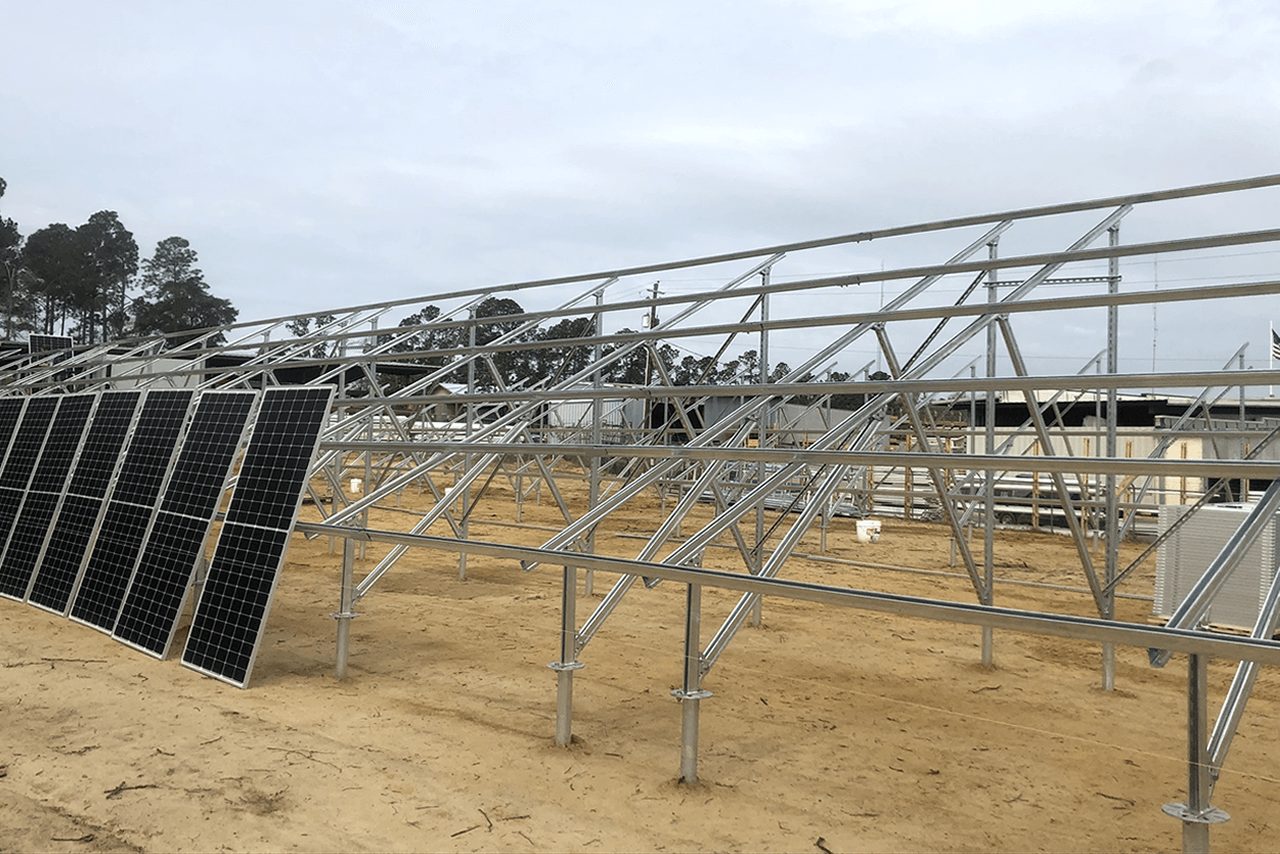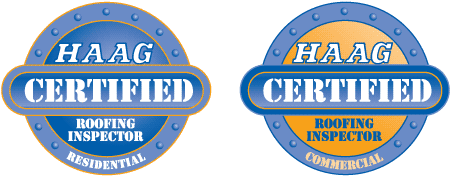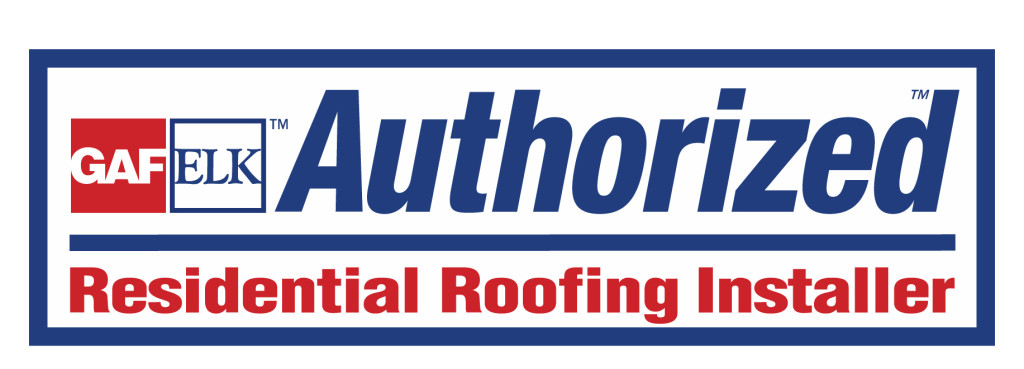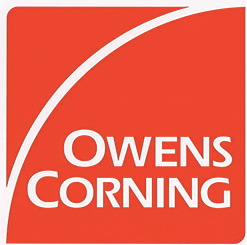Solar Panels
Save money on your energy bill with solar paneling from Professional Roofing & Solar. Get a free estimateSOLAR PANELS HELP CREATE A MORE SUSTAINABLE FUTURE
At Professional Roofing & Solar we believe in helping our customers save money. One of those ways is by installing solar panels. Solar panels can reduce your carbon footprint and help a home owner save an average of $84 per month on their electricity bill.
The solar panels are able to trap and store sunlight, transform it into energy and send it to an inverter where it converts it into electricity to power your home.
The ITC, or Investment Tax Credit
Gants a 30% tax credit (Federal) for solar systems on residential (under Section 25D) and commercial (under Section 48) properties. In South Carolina, homeowners may claim a tax credit of 25% of the costs of purchasing and installing a solar energy system. Includes roof repairs and tree removal if necessary.
Favorable ROI (Return on Investment)
Most any residential solar project pays for itself within seven years and commercial applications in low as five years. Equipment cost have dropped 75% in the last five years, while efficiencies are continually increasing.
The ITC, or Investment Tax Credit
Grants a 30% tax credit (Federal) for solar systems on residential (under Section 25D) and commercial (under Section 48) properties. In South Carolina, homeowners may claim a tax credit of 25% of the costs of purchasing and installing a solar energy system. Includes roof repairs and tree removal if necessary.
Favorable ROI (Return on Investment)
Most any residential solar project pays for itself within seven years and commercial applications in low as five years. Equipment cost have dropped 75% in the last five years, while efficiencies are continually increasing.
Energy Independence
Solar allows you to hedge against rising cost of utilities as you become your own provider of electricity. On average, electricity costs rise 2% annually.
No carbon footprint on energy produced. CO2 emissions are reduced by every solar installation, solar power is an environmentally conscious effort of sustainability.
KISS – Keep It Super Simple
Our solar systems carry a manufacturer’s warranty of 25 years, and a life span that could go further than that. Maintenance covered by warranty=worry free!
As a professional solar panel installation company, we are equipped to design and engineer a solar system to meet your needs. Tell us how much you want to save on your power bill, and we will build a solar paneling system to your specifications.
Solar panels have proved to be successful to reducing energy costs generating the amount of power needed for everyday life for years in Southeast Georgia. This proven success gives us a confident model in presenting real world solar solutions to real world problems that are ever emerging in the form of sustainability mandates.

When you decide to make the switch to solar panels for your home or business, it is best to let professionals install.
To make the solar panels more efficient, proper wiring needs to be installed along with proper placement of the panels. Here at Professional Roofing & Solar, we have extensive experience in installing solar panels all over Southeast Georgia. Contact us today, and we can get you set up to start saving on your next electric bill.
What is Solar Energy and Solar Panels?
Not only is the sun the ultimate source of all life on Earth, but also the most abundant, renewable, and pollution-free source of energy. Solar power is energy from the sun that is converted in thermal or electrical energy through the process of ever-evolving technologies. The energy is in the form of solar radiation, which makes the production of solar electricity possible.
Solar panels turn energy from the sun’s rays directly into useful energy that can be used in homes and businesses. The two main types of solar panels are solar thermal panels and photovoltaic (PV) panels. Solar thermal panels do not generate electricity directly. Instead, the device heats up water by a pump that pushes cold water from a storage tank through pipes in the solar panel. The water is heated by energy from the sun and returns to the tank. PV panels use the photovoltaic effect to turn the sun’s energy directly into electricity. PV panels are made up of semiconducting material and are placed between two electrical contacts. A sheet of glass protects the semiconductor from environmental elements and is coated with an anti-reflective substance. When sunlight strikes and is absorbed into the panel, it knocks loose electrons. The semiconductor is positively charged on one side and negatively charged on the other, which encourages the loose elections to travel in the same direction and create an electric current. The electricity PV panels generate is a direct current (DC), but before it can be used for domestic use, it needs to be converted by an inverter into alternating current electricity (AC). Once converted, the current travels from the inverter to the buildings fuse box and then to electric outlets. Solar panels are often located on the roofs of buildings, where it can receive the most sunlight.
What are the Pros and Cons of Solar Energy?
There are magnitudes of benefits for using solar energy, which include, sustainability, environmentally friendly, low maintenance, many applications, and reduced noise. Solar energy is a renewable source and will never run out. It is available all over the world and harnessing solar energy does not cause pollution. Solar panels produce energy without any fossil fuels and help offset CO2 emissions. The creation of solar energy requires little to no maintenance. Once the solar panels are installed and operating to maximum proficiency, there is only a small amount of yearly maintenance required to ensure the panels are in the top working condition. Solar panels can also reduce the cost of electricity bills in the long run. There are a variety of aspects that solar energy can be used for, such as generating electricity in remote areas, distilling water, and even bringing power to satellites in space. Solar energy is also a silent producer of energy. There is no noise made from the solar panels, as they convert the suns rays into a usable source of electricity. Technological advancements are constantly being made in the solar power industry to increase the benefits that the energy can provide.
Some of the downfalls of solar energy are the cost, irregularity of the source, and the requirement unique materials. Solar panels are a major investment and are expensive in set up and the initial cost. Energy storage systems that are essential for solar energy can also be costly. Solar energy can be sporadic and an intermittent energy source due to the fact that access to the sun is limited at sometimes. Solar panels do not have the capabilities to work 24 hours a day and require a vast amount of space. Solar energy also requires certain materials that are expensive and rare in the world. This is especially true for thin-film solar cells that are based on cadmium telluride or copper indium gallium selenide.
How much does Solar Energy cost?
In the United States, an average household consumes electricity at the rate of 1 kW per hour (kWh). There are about 730 hours in each month, and the average price of a kWh of electricity us $0.10. An average monthly bill for a home would cost around $73 for 730 kWh of electricity, but the cost of electricity varies widely across the United States depending on the region.
An installed cost of solar panels is between $6-$8per watt and a 3 to 8kW system cost around $15,000-$40,000. Some utility companies offer incentives, such as 50% off the system cost. Solar panels usually account for about 30% of total cost. Residential solar panels with a capacity of 3-8kW typically cost between $4,000-$16,000. Inverters make up 10% of the total cost and are usually priced around $1,000-$4,000. Balance of system refers to all of the components of a solar system, except for the solar panels themselves. This includes mounts, wiring, and other electrical components that makes up 20% of the total costs. These components are priced between $3,000-$10,000. Installation is around $2,000-$5000 per unit and makes up about 15% of total costs. Operational services account for 20% and typically cost between $4,000-$8,000. The remaining 5% cost is dedicated to inspection fees and permits. A standard solar system generates an average of $75 of electricity per month. The solar system will more than likely keep generating electricity after 25 years, which results in increased savings and a higher return on investment in years to follow.






